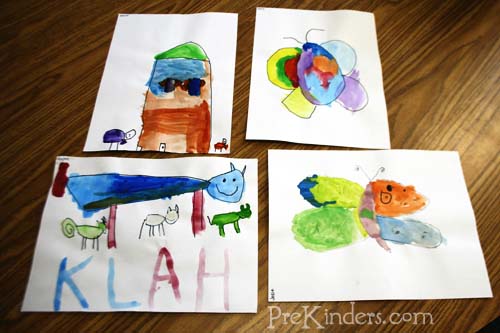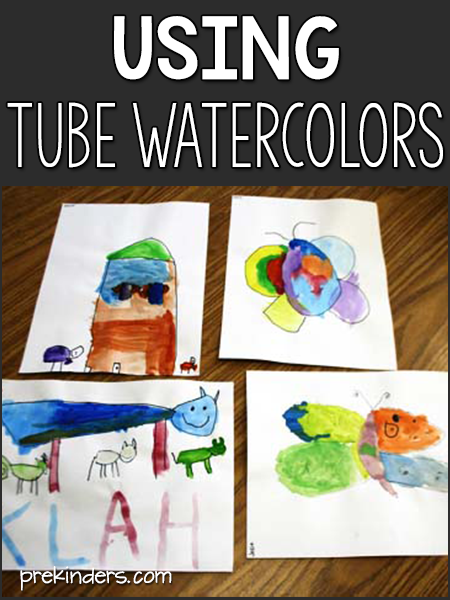I know most Pre-K teachers have used both dry and liquid watercolors with their students before, but have you ever used “tube” watercolors?
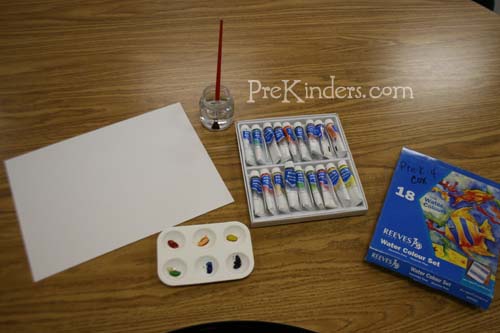
I’m a big fan of liquid watercolors, because of their many uses, but I also love to use these “tube” watercolors because it gives children experience with a different kind of watercolor paint. The colors you get from these are brilliant and beautiful (as long as you don’t water them down too much).
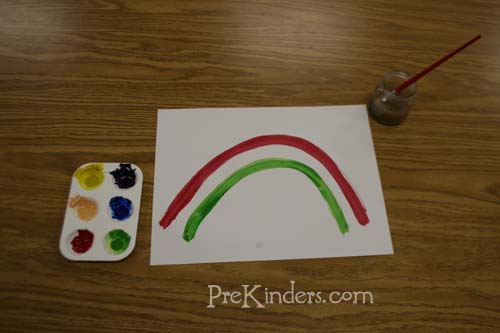
Watercolors that come in a tube are used by “real” artists. A set of them like I have costs around $10 (and even less if you use a craft store coupon), and they last a long, long time. The tubes are small, but you get a lot out of them because the paint is concentrated. To use these, I use a white plastic paint tray for each child. I let the children choose six colors they want to use (I give them a second tray later on if they really need more colors). I squeeze the paint into the trays, and the kids are responsible for the rest. You only need to squeeze a very small amount of paint into each bowl in the tray. A little goes a long way. Each child has their own baby food jar of water, and I keep a bucket and a pitcher of clean water at the table, so we can dump dirty water and get clean water as needed. Children are taught how to use the watercolors first. Children dip their paintbrush into clean water (they will have about one drop on the brush), and stir the water and paint together with the brush. Then, they can use it to paint. The brush needs to washed off in the jar between colors. Show them what happens when too much water is added to the paint (colors are weak), and show them how a drop of water will make deeper colors.
At first, children will need plenty of opportunities to experiment with the paints. Their paintings may be the abstract type when they first experiment with these paints, and later on they may paint with more detail. It’s also a good idea to have children think of something they want to make first and draw an outline using a permanent thin black pen (the ink must be permanent, not water soluble).

The ink drawing can then be painted. I recommend using watercolor paintbrushes (thin, not too fat) with white construction paper or watercolor paper.
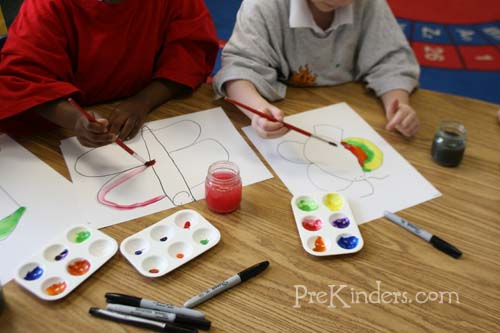
Another interesting thing about this particular type of paint is that if you have a lot of paint left over in the tray, you can save it by letting it dry. When it dries, it will look exactly like the dry watercolor paint sets you find anywhere, and you use it the same way, by wetting the dry paint with water.
